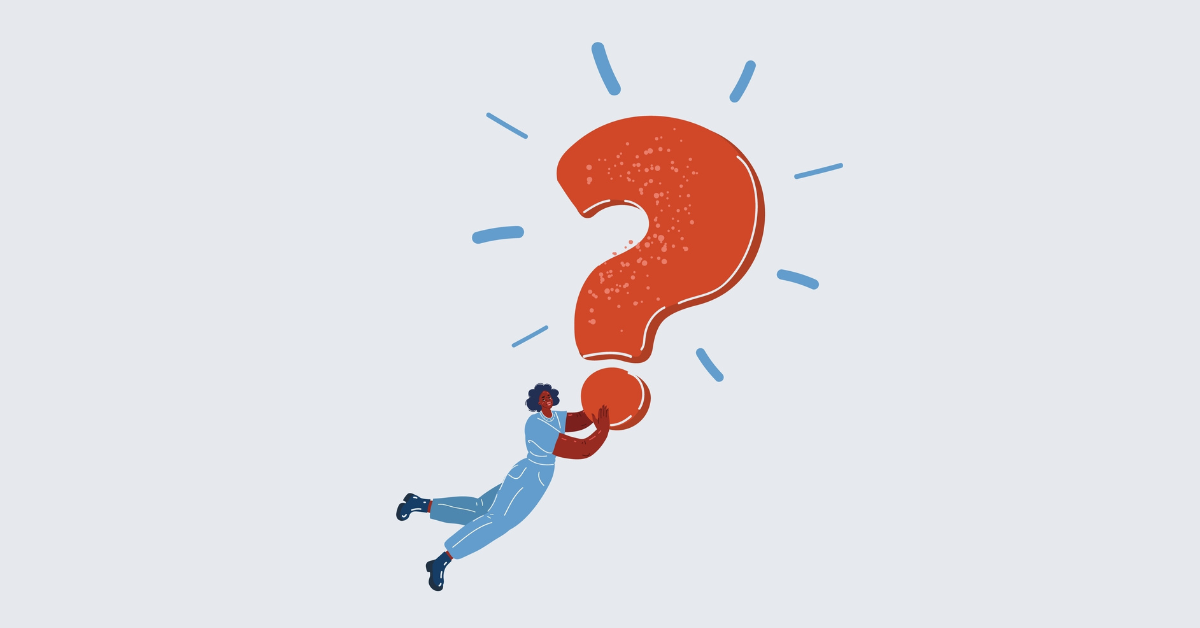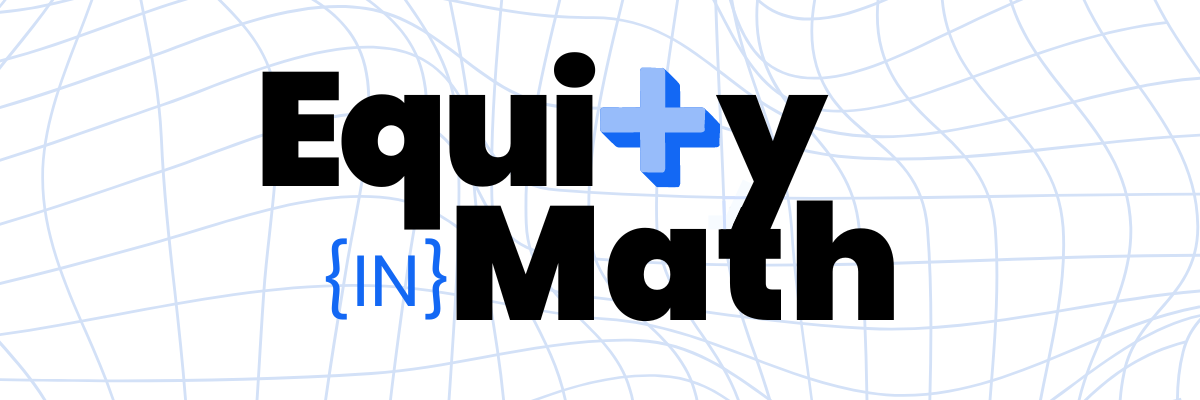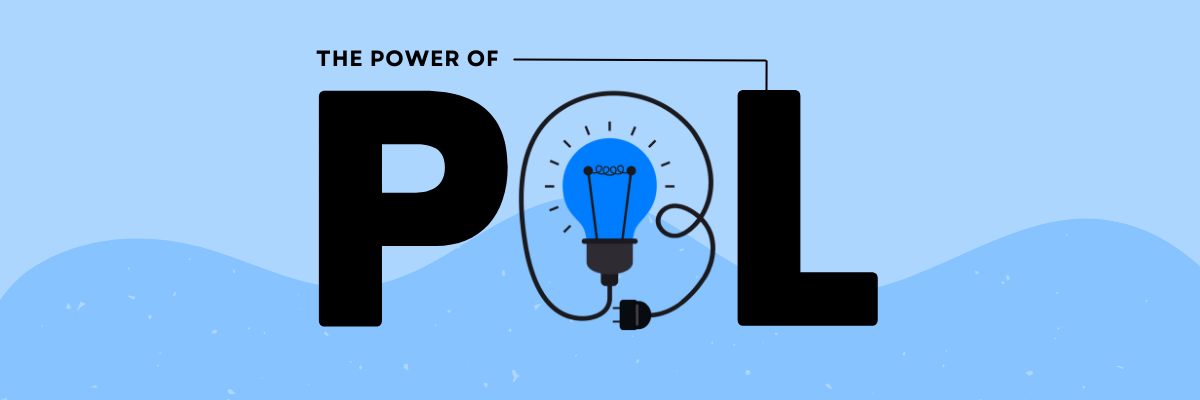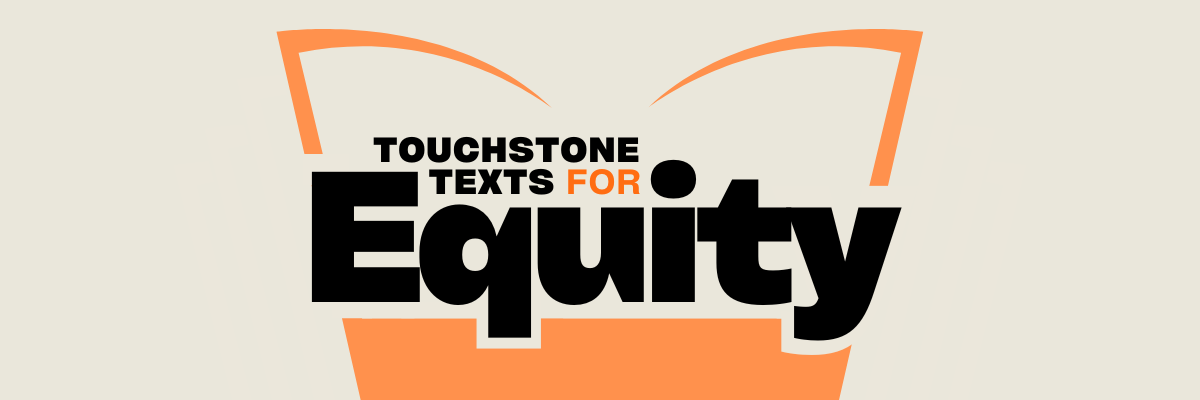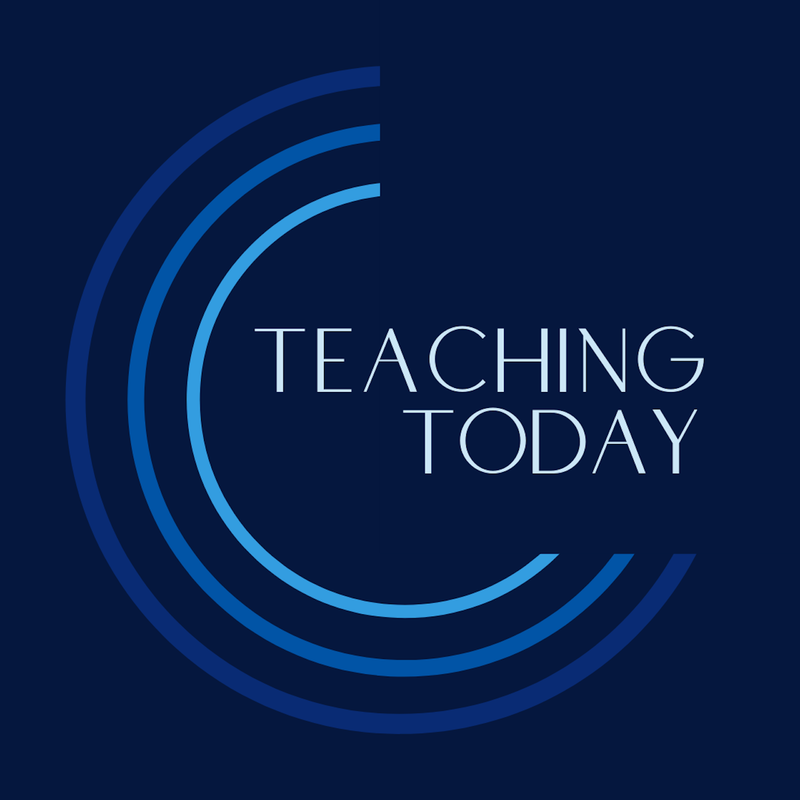|
Three areas of focus for designing rigorous tasks that promote engagement and perseverance.
This article is part of our Close Up On CRSE series
“What motivates people to do hard things? Can you think of a time that you persisted in a difficult task, even if repeated efforts to reach your goal weren’t successful?”
This was a question we posed in a recent workshop as we were exploring the challenges of increasing student engagement. Why do people do hard things? In response to this question, we got a wide range of amazing responses. Educators shared examples of everything from finishing their master's thesis, to running a marathon, and even childbirth. The common factor across these and the many other examples provided was that people persist through challenging tasks when they are able to make a clear connection to a personal goal, believe that they have the potential to reach that goal over time, and seek the sense of accomplishment and pride that comes as a result of hard work. The factors that motivate students to persist in challenging tasks are exactly the same! Whether it’s practicing for a sport, exploring a special interest or hobby, or even staying up all night to get through the next level of the video game, we do hard things when the task is motivating, relevant, and gives us a sense of agency or pride.
Articulating the attribute
Centering Students: A Deep Dive into CRSE Practices outlines Rigorous Instruction as one of the five principles of culturally responsive and sustaining pedagogy. It states: “To ensure instruction is truly rigorous, teachers need to be attuned to the specific learning needs of their students and be able to design and implement a wide range of instructional strategies and materials that are responsive to these needs.” One of the key attributes of Rigorous Instruction is Embedding Intellectually Challenging and Diverse Content into curriculum, unit, and lesson plans. This means that teachers implement challenging tasks and use relevant resources that are responsive to the unique learning needs of their students. It also means that they're designing tasks and activities that are diverse, and reflect the real issues of the world in which we live today. This is important because learning occurs when students are intellectually engaged in culturally diverse and relevant content. In book Drive, Daniel Pink brings together decades of psychological research on motivation theory and helps us understand the mindset that cultivates intrinsic motivation, which leads to perseverance and pride. He outlines the three criteria of purpose, autonomy, and mastery as the keys to unlocking personal drive in adults. For students, this might look like relevant purpose, mastery moments, and structured autonomy. This sounds nice on paper, but what does it mean in the real world? How do we create these conditions intentionally for our students?
In the classroom, the first step to embedding intellectually challenging and diverse content is to design an intellectually challenging task connected to our students’ identities, interests, and instructional goals. This means making connections between our content area and critical thinking tasks that include the demonstration of higher order thinking skills, as found on frameworks like Bloom's Taxonomy, Webb’s Depth of Knowledge, or The Cognitive Rigor Matrix, which is a combination of the two. Setting an intellectually challenging task that taps into students’ ability to analyze, synthesize, or evaluate content information takes time and practice. Choosing an entry point and topic from diverse source material is a key to making the task personally relevant.
After setting the task, then we can begin creating the conditions that cultivate motivation and perseverance.
Relevant purpose
If we look back at the conditions that create perseverance through challenging tasks, we’re reminded that the common factor is people seeing the task as personally relevant to a specific goal or skill they want to achieve. So often in school, the goals we set for students are outside of their own interests. The state sets the goals on high-stakes exams, our district might set the goals for curriculum or course outcomes, and teachers set in-class goals for what students should accomplish, and why. There are almost no formal structures for students to engage in the process of determining what they want to learn, and for what purpose. While there are real constraints that we’re working with when it comes to content standards, there are many opportunities to tap into students’ interests, and to create relevant purpose for the tasks we ask students to engage in.
Mastery moments
Creating mastery moments means that as we look at our arc of instruction throughout a lesson, a week of lessons, or a unit plan, we identify key moments of the learning process and identify those as micro-targets or mini-goals along the route. Creating some built-in celebrations or rewards for hitting these targets inspires a growing confidence and positive pride that comes from meeting a goal.
Structured autonomy
Autonomy is the ability for a person to choose their own process. Students may not have developed all of the skills needed to stay productive with unstructured autonomy, but structured autonomy is empowering and cultivates skills to help students learn how they work best. Structured autonomy means creating pathways that maximize student choice, preference, and independent work with increasing time on task.
When it comes to student engagement, in an effort to create student-friendly tasks, we often associate more engaging with easier. We don’t want our students to struggle or get frustrated during the learning cycle. But easier isn’t necessarily engaging — and it rarely builds the critical thinking and content knowledge that students need to motivate them to take on the next learning challenge.
Embedding intellectually challenging and diverse content into curriculum is critical to engaging students in a productive learning experience that is equally intellectually challenging and engaging. We can all do hard things when we see the purpose, own the goal, and believe that our success is possible. |
|
The Center for Professional Education of Teachers (CPET) at Teachers College, Columbia University is committed to making excellent and equitable education accessible worldwide. CPET unites theory and practice to promote transformational change. We design innovative projects, cultivate sustainable partnerships, and conduct research through direct and online services to youth and educators. Grounded in adult learning theories, our six core principles structure our customized approach and expand the capacities of educators around the world.
|
ABOUT US
525 West 120th Street, Box 182 New York, NY 10027 416 Zankel Ph: (212) 678-3161 [email protected] Our Team Career Opportunities |
RESOURCES
Professional Articles Ready-to-Use Resources Teaching Today Podcast Upcoming PD Opportunities |
COACHING SERVICES
Custom Coaching Global Learning Alliance Literacy Unbound New Teacher Network Student Press Initiative |







